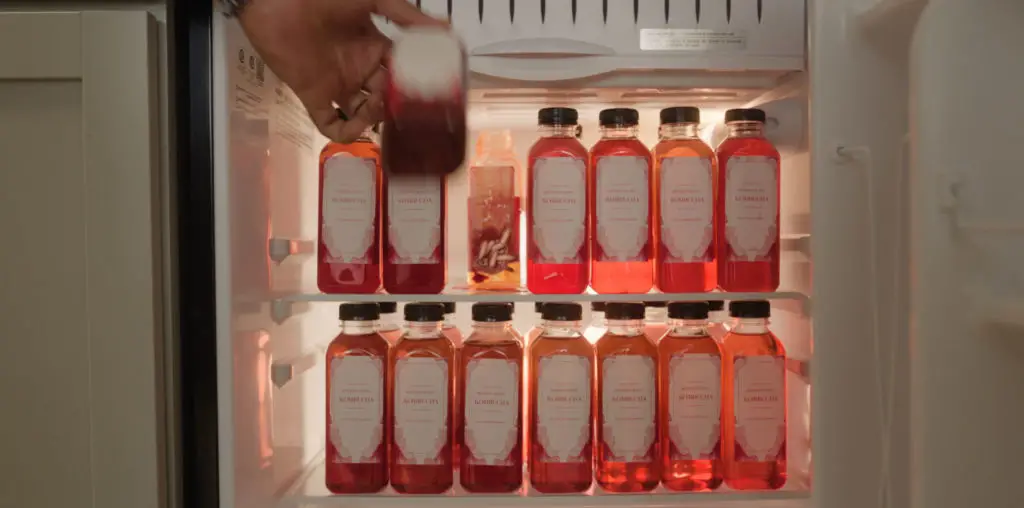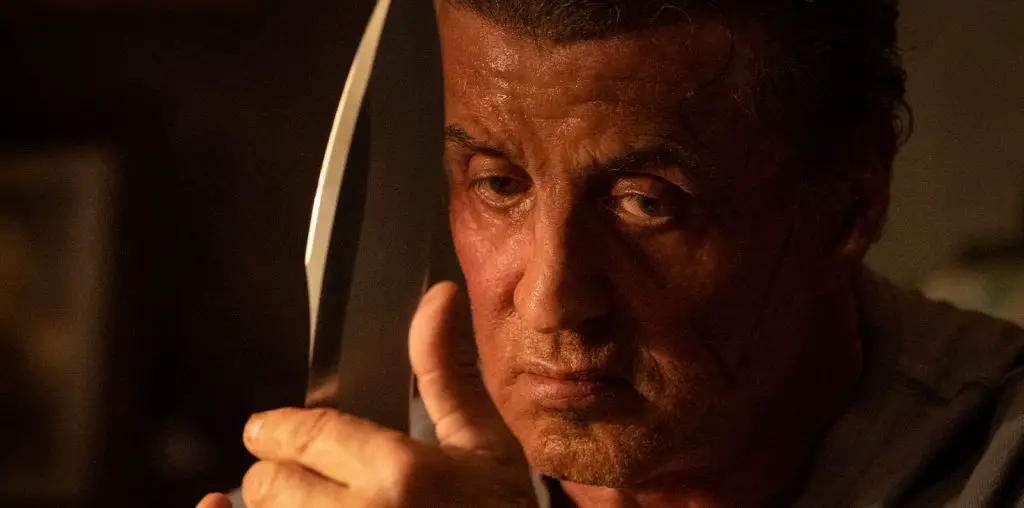
Watching “Stripes” for the first time in probably 20 years, I can see how Bill Murray eventually became the amazing actor who graced “The Life Aquatic With Steven Zissou,” “Lost in Translation” and other films.
Yeah, right. Hindsight really is 20/20, as they say, and “Stripes” simply shows a young Bill Murray getting his feet wet in the film business after a successful run on “Saturday Night Live.” Sure, his droll delivery is in its nascent stages here, and you can certainly see the angst bubbling below the surface of his character, John Winger. That angst would come though and mesh perfectly with that droll delivery in his more recent work, but in 1981, he was simply finding his comedic chops.
Hell, I bet if you went back in time with copies of “The Life Aquatic…” and “Lost in Translation” and showed them to the 1981 Bill Murray, he’d probably respond with “What the hell happened to me?” I can’t imagine he was thinking about such roles back then.
But back to “Stripes.” As goofy 80s comedies go, this one is right up there with “Better Off Dead,” “The Blues Brothers” and other classics of the genre. Sure, there’s plenty of sophomoric humor on display here, and, yeah, the story doesn’t always make a lot of sense, but it’s a fun ride full of great character actors. After all, it caught not only Murray in the early stages of his career but also John Laroquette as the childish Captain Stillman, John Candy as Dewey “Ox” Oxburger and even Sean Young as an MP who becomes a potential love interest.
The story starts with John Winger’s decision to join the Army after he loses his job (well, he basically quits after becoming fed up with it), his car and his girlfriend, all in one day. He convinces his buddy, Russell Ziskey (Harold Ramis, sporting very 70s hair), to enlist with him, and soon he runs afoul of the overbearing Sgt. Hulka (Warren Oates). Never one to stay out of trouble, after boot camp he and some of his fellow soldiers wind up in East Germany and almost cause World War III in the process. (Don’t forget the Cold War was going on while this was made.) Oh, and plenty of naked breasts are exposed along the way. Since I was born in 1970, that was a highlight for me whenever I caught this one on HBO as a teenager.
This DVD includes an extended cut of the film that can be viewed via seamless branching. It restores about 18 minutes of deleted footage, a hit-or-miss process. For example, the first deleted scene, which shows Winger selling the idea of the Army to Ziskey, helps explain the abrupt jump in the theatrical version from them talking about it to them suddenly showing up at a recruiting station. However, a later scene in which the two of them sneak aboard a transport plane for some unknown reason and wind up paratrooping into enemy territory is a nonsensical addition to the plot. And that’s saying a lot for a film that doesn’t unfold the story so much as simply throw its characters into one goofy situation after another.
You can also watch all six additional scenes separately, if you prefer the theatrical version. For whatever reason, this DVD’s producer decided to mark the beginning and end of each inserted scene if you watch the extended version. I found that annoying.
If you want to listen to the commentary track with director Ivan Reitman and co-screenwriter Dan Goldberg, you’ll have to watch the extended version. They mention some outtakes that are nowhere to be found on this disc—I assume they were cut for space, since everything is crammed onto one disc. The rest of the track is fun, but it’s really only worth it if you’re a big fan of the film. I like it, but not that much.
The included documentary runs about an hour but is split into two parts. My understanding is that any length under half an hour means the studio doesn’t have to pay the participants, so they get around that by splitting documentaries into different sections. Personally, that seems like a great way to ensure actors and directors won’t do interviews for bonus features anymore.
Aimed more at casual fans, “Stars & Stripes” offers up the usual trivia about the film’s conception and production (for example, it was originally a Cheech and Chong vehicle) and features plenty of interviews with the principal cast gushing over each other’s performances and how so-and-so was destined to be a star. Bill Murray’s bit looks like it was shot while he was on location in Japan making “Lost in Translation;” he insisted on doing his interview under black light. He doesn’t come across as too thrilled to revisit the film, but, then again, he’s always been an obtuse guy when it comes to interviews.
Other than that, you get an assemble-it-yourself EM-50 Urban Assault Vehicle that you can put in your cubicle or whatever. But if you’re a fan of the film, the aforementioned extras should be enough to get you to pick this one up. Even if you’re a casual fan, “Stripes” on DVD is cheap enough to justify the purchase. That’s the nice thing about DVD: you can build yourself a movie library pretty inexpensively these days, which I assume is why sales are jumping and the film industry has been milking this cash cow for all it’s worth.

